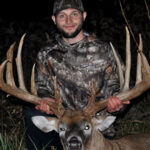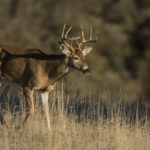Whitetail deer are one of the most resilient and adaptable animals in the world. If you put up housing developments in their home range, they will learn to thrive in the presence of humans and concrete. From the plains of the Dakotas to the pines of Georgia, whitetails thrive in nearly every state in the U.S.
Their survivability and capacity to adapt to changing environments leads me to believe a bright future is ahead. However, there are some areas of concern. The U.S. is continuing to lose hunters. I think we’re losing some hunters due to a change of interests in young people, and aging baby boomers. Baby boomers who hit the woods so heavily in the 1970’s, 80’s and 90’s are aging and logging fewer days afield.
Fortunately, humans can control a few key factors that pose a threat to the future of deer hunting, but it’s going to take hard work and a return to the basics. Here are some top reasons we may continue the path to losing more deer hunters.
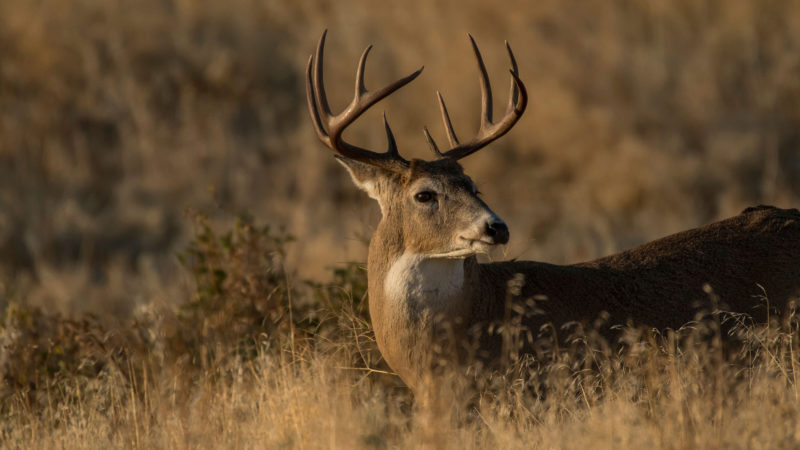
Lack of Access
Access to hunting land is getting harder to find. Prime hunting land in neighborhoods throughout key whitetail states is more difficult to find than ever before, and everyone has parcel data available through high-end phone mapping applications.
The land buying game for recreational properties has taken off since the Covid pandemic. Purchasing 40 acres can be equal to the cost of buying a home, or more. Land is a great investment but entering the game can be costly even if you’re looking to buy less than 40 acres.
If hunting land you’re looking to gain access to hasn’t been outright purchased, there’s a good chance a landowner’s relative or friend already hunts it. If that isn’t the case, it’s likely the landowners know they could lease it out for a pretty penny to a local or out of town hunter looking to chase big bucks. Thanks to the popularity of hunting land and the explosion of informed recreational realtors, landowners now know the worth of their property more than ever before.
I know someone who worked out a handshake agreement with a landowner to buy his 80 acres when he was ready to sell. When the time came to sell just a short time later, the landowner decided to call on a realtor to acquire the true value of his land. The landowner’s prime hunting land was appraised at a price well above the previously agreed upon ‘handshake’ pricing. The landowner nixed the handshake deal and sold his land for thousands more than he expected. No one can blame that landowner for getting a true price tag for his whitetail land, but the rapid price increases are making it tougher to purchase land without a large income.
Now, there are plenty of ways hunters can find access to great hunting land without buying or leasing. I do it all the time, but I work hard at it. If you’re willing, you can e-scout properties from mapping tools and drive around knocking on doors for permission. Just be aware that you will likely need to return favors to the landowners in some form or fashion, whether it be chores or helping them manage the land in some way.
Doug Duren of southwestern Wisconsin created a conservation cooperators network he calls “Sharing the Land.” Sharing the Land connects landowners with hunters and private land access seekers. In exchange for recreational use of land or hunting rights, access seekers aid landowners with projects they need completed around their property. Doug is trying to create a cooperation between landowners and those looking to gain access to private lands since the public hunting game can be difficult depending on your location.
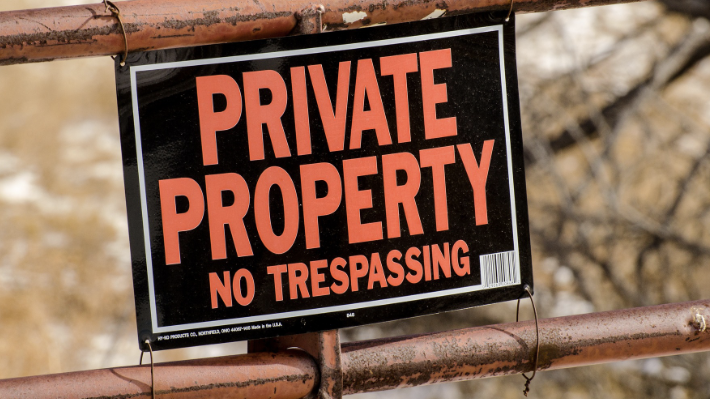
There aren’t too many unknown public land hunting spots in today’s age of mapping tools, but that doesn’t mean these spots always get hunted aggressively. If you can legally use them, deploy some trail cameras on human access roads to gauge the hunting pressure. With public land hunting, it’s sometimes better to know where you shouldn’t be hunting.
If you’re a hunter living in a city or suburban area, it’s possible that your hunting spot within metro limits could disappear due to housing developments. Once houses arrive, the habitat will never go back to what it once was. As the old saying goes, they aren’t making any more land. Access to land is tough, but there are still ways to find yourself on some great land.
Disease
Other threats to the future of deer hunting are two of the most talked about and controversial topics surrounding deer. You’ve probably heard of them, and you’re most likely tired of them—but they must continue to be addressed
Epizootic Hemorrhagic Disease (EHD) and Chronic Wasting Disease (CWD). The two are often confused and intertwined in the same conversations when it comes to deer diseases. They are extremely different, however.
First, EHD is a viral disease that is transmitted by a biting midge. These biting midges infect deer with the virus, and many deer die within 5-10 days. Unlike CWD, deer infected with EHD can survive. Because so many deer can be infected and die within a very short time, EHD is often looked at more seriously than CWD since hunters can see the drastic effects of the disease so suddenly and visibly. In years with bad EHD outbreaks, hunters in infected areas say they can smell dead deer everywhere on the landscape and can lose well over 50% of their resident deer herd.
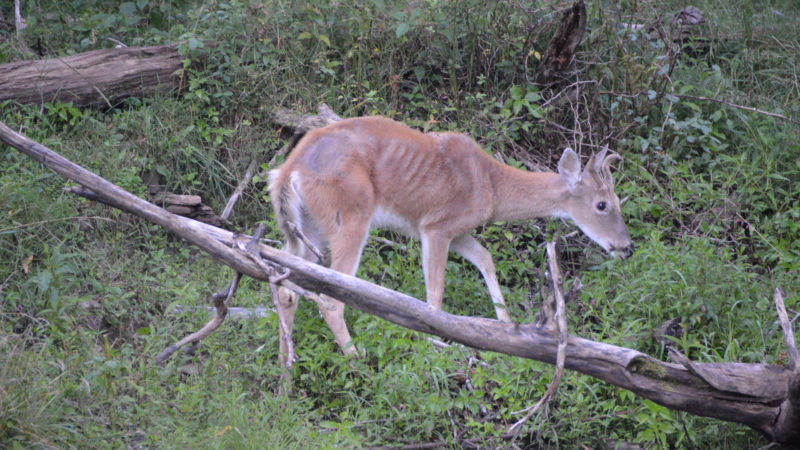
There are some silver linings to a bad EHD outbreak, however. Deer that survive will likely grow bigger antlers and have less social pressure to deal with. Again, this is a very small positive to an otherwise terrible issue that can set back a hunting property for a long time.
The most long-term disease threatening the future of deer is Chronic Wasting Disease. It is a 100% fatal prion disease. Prions are malformed proteins that accumulate in the brain and spread, causing nervous tissue damage. Deer can spread CWD through urine, saliva, and other bodily fluids.
A deer infected with CWD will not show outward symptoms of the disease until round 6-8 weeks before death, whereas a deer that will die from EHD usually succumbs within 5-10 days. I have personally had seven deer test positive for CWD where I hunt in Wisconsin and had to put a sick deer out of its misery during turkey season with permission from the Wisconsin Department of Natural Resources. Dripping saliva from his mouth, emaciated, fearless—I wish those questioning the legitimacy of CWD could’ve been alongside me to witness this deer suffering. In a county where many deer are testing positive, we are now starting to see live, sick deer. Not just kill healthy ones that end up testing positive.
A deer can be infected with CWD for 18-24 months before showing any final stage symptoms of the disease. This means you could harvest a perfectly healthy-looking animal and it may have Chronic Wasting Disease.
Jason Sumners is the Deputy Director of Conservation for the Missouri Department of Conservation, and he told me “There is no silver bullet in the work of CWD management. Outside of testing advancements, I don’t see any paradigm shift on the horizon, but that’s usually the case when dealing with gnarly challenges like CWD.”
Because of the slow manifestation of the disease, testing for CWD is critical to advance knowledge about the spread and prevalence of CWD in hotspot regions. At the time of this article, the Chronic Wasting Disease Research and Management Act passed the House of Representatives and is waiting to be signed by the president. The Act would allow funding for more testing, provide better responses to high incidence areas, and help to develop policies focused on controlling the disease.
I firmly believe CWD will not be the demise of deer hunting, but we need to continue to push for more ways to combat and solve the issue.

Predators
Sit down and get comfortable if you ask a hunter from northern Wisconsin or Minnesota how their hunting has changed since the 90’s, 2000’s and early 2010’s. Far northern regions of the upper Midwest experienced a stretch of terrible winters in the late 2000’s and early 2010’s. Deep snow and brutal temperatures that lasted throughout the winter for multiple years created a perfect storm that flipped Northwoods deer hunting on its face.
Pair those cold, snowy winters with rising predator numbers like bear and wolf, and you have serious problems for an area that once boasted excellent deer hunting traditions. With a declining number of trappers and predator managers throughout the U.S., coyote, wolf, and bear numbers seem to only be on the rise.
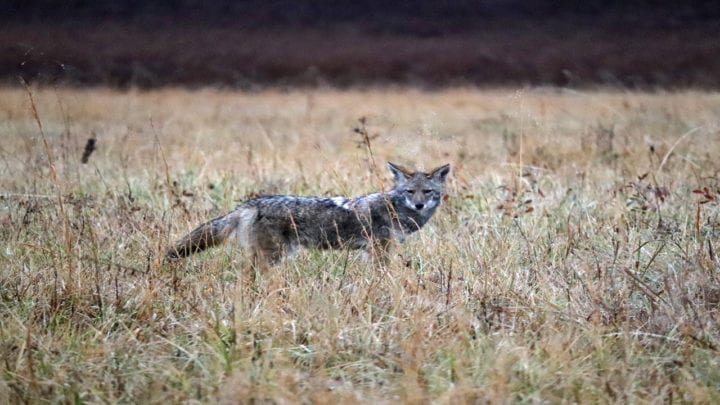
Management of Seasons and Populations
Hunters have always made their opinions clear about deer season structures and harvest tags. It’s very easy to do so in the age of social media and the internet. I’d venture to guess very few people would claim to be “satisfied” if provided a survey regarding their state’s hunting season structure.
With social media, it’s easy to get on a soap box and tell the world what you think. I’ve been hearing a lot of complaints from hunters about the length and timing of antlerless-only deer hunts and youth hunts. It’s nothing new, the complaints are just more visible because we see them on social media. Each hunter has a personal stake in this thing, and we all want a positive experience whether we are hardcore bowhunters, gun hunters, or just a guy or gal wanting to get outside a few times a year in their classic deer stand. So I understand why every DNR Facebook post garners hundreds of comments down below.
There are reasons why I didn’t label this section ‘mismanagement’ of seasons and populations. First, I like to preface my statements about wildlife agencies and departments by pointing out the fact they have a huge responsibility to manage our deer the best way they see fit.
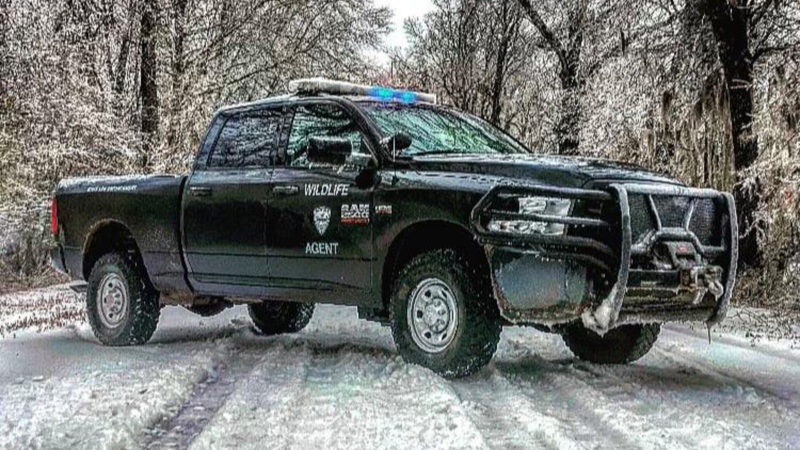
In fact, I would venture to guess a lot of their day is tasked with managing people as much as it is the natural resources. The mission before your state’s wildlife agency is enormous, and they will never please everyone. Unfortunately, most DNR’s and agencies can only do so much when it comes to changing laws and regulations. Legislative leaders and politicians, not your wildlife agency or DNR, are primarily the ones who can bring forth a rule change.
Let’s take an example from Wisconsin. Earn-A-Buck in Wisconsin was a controversial law of the late 1990’s and 2000’s. The law said that each hunter must harvest a doe before taking a buck. It was in place to reduce herd numbers, and it worked. Because of its unpopularity, then-Governor Scott Walker signed it out of law in 2011 and it hasn’t, and likely won’t return any time soon.
With the signature of a pen, the best deer management tool Wisconsin had disappeared. The law wasn’t perfect, but since then Wisconsin has seen sky rocketing CWD levels in areas with high deer density, and confusion has ensued on where to go next.
Jasmine Batten of the Wisconsin DNR told me, “It is increasingly clear to me that legislation alone isn’t enough to move the needle on CWD. At the end of the day, it’s really about people and whether or not we are willing to collectively re-think our relationship with deer and deer management.”
I’ve talked to many hunters who wish they hadn’t been so opposed to EAB now that herd balance and disease is so prevalent throughout Wisconsin. Many counties in Wisconsin wish they could return EAB and make it an option to implement based on yearly management needs.
My trust in the future of whitetail deer resides in the disease experts and biologists who are in the field, not politicians. Most politicians are implementing laws to obtain votes and do whatever will gain popularity from their constituents, example: Earn-A-Buck. Wildlife agencies and DNR offices often have their hands tied when it comes to laws and regulations. They’re usually just working within the template provided to them, so before you go bashing your DNR on the next social media post, do some research on what laws or regulations they are allowed to even change.
Mentors
There is always time to learn something new in life, hunting is no different. Like a lot of other hobbies, someone is more likely to stick with something if they have a good mentor to begin with. Think of a few hobbies you enjoyed for a short while, but then lost interest because you didn’t have a mentor or a friend to share your new hobby with. Being a hunting mentor sounds like a massive undertaking but there are many ways to provide mentorship.
Physically taking someone hunting is the obvious and probably most effective way to mentor a new hunter or to help a hunter improve their knowledge and skills. Nothing beats in-person experiences shared together.
But you don’t have to always take someone hunting to be helpful or encouraging. Just being in communication with a friend or acquaintance that took up hunting as a new hobby can be extremely helpful. Keeping in touch and exchanging texts or phone calls after hunts can keep new hunters engaged and interested. Exchanging information regarding hunting strategies can sometimes be all the motivation a friend might need to stick with hunting and find a passion for the sport.

Wrapping Up
Don’t get me wrong, there are a few other threats to the future of hunting such as visible online bickering amongst hunters which will self-destruct our pastime by giving anti-hunters a foothold, but what I’ve laid out are the top issues I think the hunting community needs to address. What do you see as threats to the future of hunting?

 By
By 